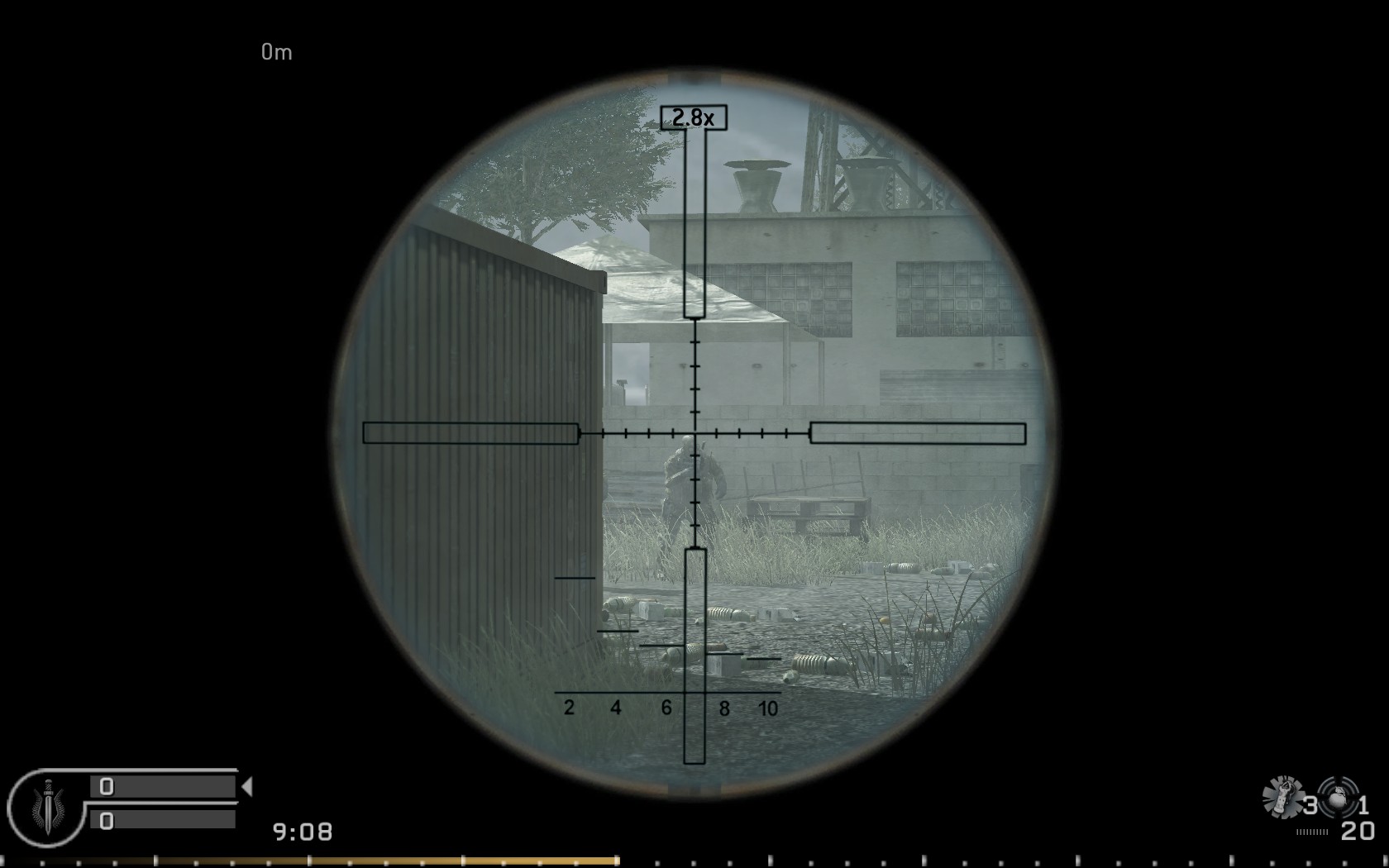Alucardx23
Regular
You could do all that without display planes, though,
I guess, but I think that if used well, it could be a good technique to reduce framerate slowdown awareness.
You could do all that without display planes, though,
You're not really answering the question here.Alucardx23 said:This is the basic idea, the first plane where the crosshair is will ensure that you always get the same crisp controller response every time.
So with that example in mind, let’s look at this image from Call of Duty. How much better will the gameplay experience be when you are trying to point to someone with the crosshair running at 60 frames solid, versus the way the game runs now with an unstable framerate.

In the 360, there's silicon that scale the game's output to make the display output (screen resolution). So what does this mean? It means all non-game UI must output to the same resolution as the game. While this is fine for game console. It makes non-gaming UI falling back to the game resolution. By extension, this means the 720 now untie game's resolution to system output resolution (system UI such as chat message, achievements popup, notifications, etc). So while you're playing a game at 720p60, the Coke-Cola ad is in Full HD.
So, technically, they could claim that all games are running at 1080p.
Either way, if no one told anyone what resolution the game was running at, most people will think that the above game actually was being rendered at 1080p because the UI is usually what gives away whether a game is running at a non-native resolution for your average gamer that doesn't bother going onto gaming forums. Assuming they even really cared what resolution the game was running at, or even had a clue how to tell.
Regards,
SB
So with that example in mind, let’s look at this image from Call of Duty. How much better will the gameplay experience be when you are trying to point to someone with the crosshair running at 60 frames solid, versus the way the game runs now with an unstable framerate.

. The use of multiple screen rectangles can reduce memory and bandwidth consumption when a layer contains blank or occluded areas.
A game could just as well not render the area outside the scope even without this feature.
in this case with more than 50% occluded, we can have a double framerate or a better graphics
What are YOU talking about? This display planes feature does not grant durango TBDR, don't be silly...what are you talking about? just write here a single game that uses tiled based deferred rendering
in this case with more than 50% occluded, we can have a double framerate or a better graphics
And half the view area for the game.
What are YOU talking about? This display planes feature does not grant durango TBDR, don't be silly...
A game could simply adjust the area into which it draws its graphics to match a rectangle sized after the scope. Most games with scope views probably do this already.
Not to mention a wildly varying framerates / graphics.
Making the experience inconsistent which is exactly what you don't want.
from what we know durango IS A TBDR MACHINE, DS, DME's and eSRAM are here for this
just write a single game name that does this and adjust dynamically the size of framebuffer when occluded area occours
I'm waiting
maybe you ignore that there're already games that change resolution/framebuffer on the fly, inconsistent what?
You raised this in another thread where it was already explained it's nothing the display planes enable. IF Durango is a TBDR, or the developers write a TBDR, then they could reduce rendering (when you have the scope up covering half the screen, but then performance will crash when you drop the scope), but that's a whole other topic.in this case with more than 50% occluded, we can have a double framerate or a better graphics
You raised this in another thread where it was already explained it's nothing the display planes enable. IF Durango is a TBDR, or the developers write a TBDR, then they could reduce rendering (when you have the scope up covering half the screen, but then performance will crash when you drop the scope), but that's a whole other topic.
